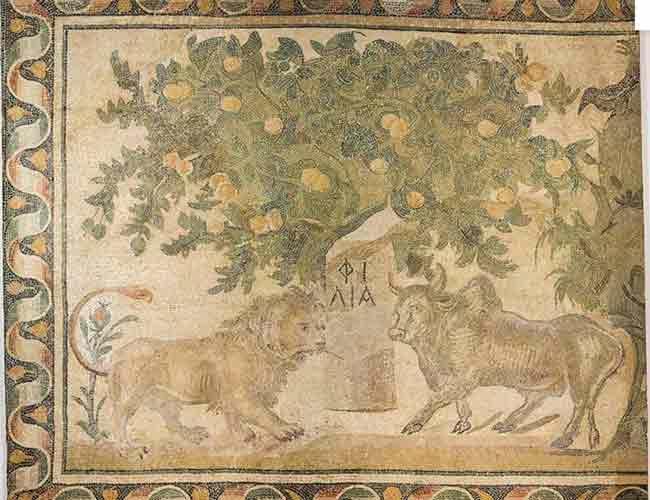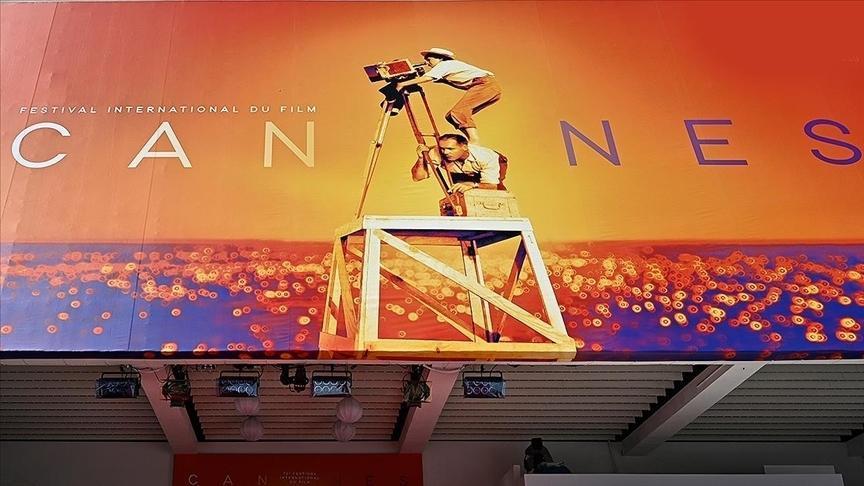Turkish province Hatay’s mosaics on display abroad
HATAY

Some 200 mosaics unearthed in the southern province of Hatay during archaeological excavations conducted by a commission set up before 1939, the year when the city joined the Turkish Republic, are exhibited abroad, as the artifacts found were shared among the commission members, says Hatice Pamir from Mustafa Kemal University’s Archaeology Department.
Known as the third-largest city of the Roman Empire in terms of population and founded by Seleucus Nikator, one of the commanders of Alexander the Great in the early 300s B.C., Hatay has hosted many civilizations throughout history. Hundreds of artifacts unearthed during excavations in the city, which has the world’s largest mosaic museum in terms of the exhibition area, are displayed in different museums abroad.
Pamir, who is also the head of Antakya excavations, stated that the first archaeological excavations began on March 3, 1932, when Hatay and its environs were under the French mandate.
“The Princeton University Department of Art and Archaeology applied to the French and Syrian High Commission in 1930 to start excavations in Hatay and its surroundings and got permission to conduct excavations for six years. Negotiations were held in 1931 to provide financial support for the excavations, and the Antakya Excavations Commission was established in 1931. The Worcester Museum of Art, the Baltimore Museum of Art, the National Museums of France and Princeton University participated in this committee financially. The team, which initially consisted of American archaeologists and researchers, was later joined by a member of the French Institute of Damascus, representing the National Museums of France, and the excavations continued until 1939,” Pamir said.
“During the excavations carried out in Antakya, Defne and Samandağ, about 80 structures and about 300 mosaic floor tiles were unearthed. The works, which initially aimed at systematic archaeological excavations, gradually focused on only the mosaic flooring harvest and the excavations continued in this way. When Hatay was still under the French mandate, the excavation team got permission to continue the excavations until 1942, and on June 29, 1939, the excavations came under the authority of the Turkish Republic as Hatay became a part of Turkey,” she added.
Pamir said that in July 1939, the Turkish government gave permission to continue the excavations until 1942, but since the excavations were subject to the Asar-ı Atika (Ancient Monuments) Regulation in those years, no artifacts were taken out of Turkey.
“In the spring of 1940, the works found in the excavations before 1939 were shared among the members of the commission, in which the Turkish government was also represented. Unfortunately, this distribution has damaged the integrity of some mosaic panels, and a single panel belonging to the dining hall of a house was cut and taken to different museums. One of the most striking examples of this is the mosaic floor of the Antakya Atrium House. A few panels of this mosaic floor are in the Louvre, the Worcester Art Museum, the Wellesley Museum of Art, and the Princeton University Art Museum. Two panels are at the Baltimore Museum of Art. The mosaic panels were taken from their places and turned into exhibition objects in museums. With their magnificent technical repertoire, striking decorative and descriptive impressiveness, and a wide range of subjects, Hatay mosaics are the living witnesses of the artistic tastes and intellectual interests of the people, who lived in one of the most magnificent cities of the ancient period,” Pamir said.
Stating that many works belonging to Hatay were distributed even to the private collections of some people, Pamir said, “Some 200 mosaics taken from Hatay are being exhibited abroad. There is a large collection of Hatay mosaics in the Louvre Museum in France. Also, there are mosaics from Hatay in 28 different art museums in the U.S. The main museums are the Baltimore Museum of Art, the Worcester Museum of Art and the Princeton University Art Museum. At that time, the works were taken abroad by legal means. However, Hatay’s archaeological richness never ends. Historical artifacts are still unearthed during excavations.”

















